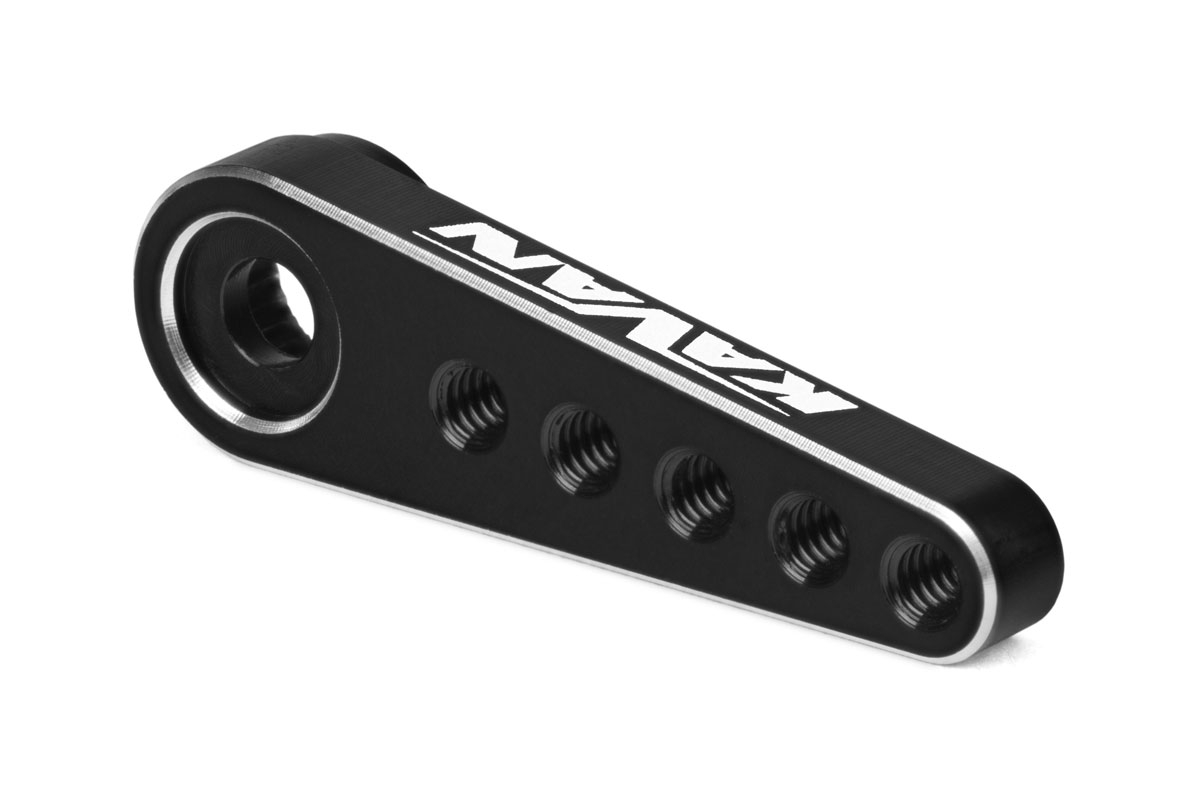The model is a very close-scale version of the legendary American aircraft to 1 : 17.5 scale.
The prototype of this celebrated aeroplane took off for its first flight as early as 21 March 1935! The U.S. Navy specified a number of modifications with the aim of better equipping the Catalina for its primary role as patrol bomber. With a massive fuel capacity of 1475 U.S. gallons (= 5380 litres) - 1750 U.S. gallons with auxiliary tanks (= 6620 litres) - it was capable of a range of 2500 miles on a single patrol mission! The power plants were Pratt & Whitney R-1830-92 14-cylinder double-row radial engines, with a take-off power of 1200 BHP, driving Hamilton-Standard 28E50 three-blade propellers with a diameter of 12 feet. The machine was extremely slow (cruise speed 188 km / hr, max. 280 km / hr), but this was actually an advantage for its prescribed tasks.
Originally all the aircraft were built in pure seaplane form, but from No. 1245 (by this time designated PBY-5) they were fitted with a retractable wheeled undercarriage and a supplementary ?A? (amphibian) suffix. This version significantly expanded the Catalina?s possible applications. The final version - the PBY-6 / 6A - incorporated additional modifications including a new fin and tailplane. We chose this version as our prototype, in a SAR (Search and Rescue) colour scheme dating from 1948.
The Catalina was put to work all over the world, but its glory period was the Second World War, when it was used for many tasks including sub-hunting in the Atlantic, torpedo attack, ?Black Cats? night missions in the Pacific, and rescue missions for downed pilots and shipwrecked seamen. In the post-war period it continued to provide sterling service, including work as ?island hoppers?, fire-fighting aircraft etc. It was not until 3 January 1957 that the U.S. Navy took the last Catalina out of service. In total around 3270 machines were built - an amazing number for this class of aircraft! In determining the size of our model important considerations were the purchase price and the cell count. With both the suggested power variants the ?Caty? has power to spare, and the model is carefully designed to accommodate either system. Both variants - the actro C8 or the geared brushless motor - are content with one 18 A speed controller per motor. We have tested the new Jeti Advance 18-3P and the Hacker-Jeti Master 18-Bflight with good results, in each case with Ni-Cd, Ni-MH and Li-Poly cells. Our 9.5 x 6? propeller (Order No. 7229/42) provides an excellent performance combined with low current drain. Turning at around 8400 rpm, with a current drain of around 13.5 A (geared brushless motors), these props deliver enormous thrust for take-off. With the actro C8 and the new actronic 45 controller the corresponding values are slightly higher.
In flying terms the model is simply a typical Catalina: docile, positive, stable, and true to scale. The wing possesses both aerodynamic and geometrical washout for stability, and the model?s extremely low wing loading has a very positive effect on its flying characteristics. Flight tests with brushless motors and 3500 mAh Ni-MH cells gave flight times of 12 to 13 minutes, although all-up weight rose to 3000 g in this configuration. Either version (PBY-6 - seaplane - or PBY-6A - with undercarriage) can be built from the kit. The ?6? eliminates the need for some parts, and this saves around 200 - 250 g weight, which certainly benefits the model?s performance from water! The latest CAD methods were employed in the model?s design.
The surface of the GRP parts has been carefully refined with the addition of engraved panel lines and simulated removable guard panels etc. The fuselage is supplied with a number of CNC-machined plywood parts factory-fitted, including ?snake? outer sleeves for the rudder and elevator control systems. The three-part wing, tailplane and rudder are of balsa-sheeted styrofoam construction, while the ailerons and elevators feature integral ?elastic flap? hinges. The wing panel joiner system and the tailplane / fuselage joint are based on CFRP tubes; the support sleeves are already in place in the wing centre section. The main undercarriage is a fabricated steel wire assembly, supplied ready-made in the kit, with all joints soldered. The kit is completed with a number of vacuum-moulded plastic parts, CNC-machined plywood and GRP parts, a large number of small items, a detailed plan, comprehensive building instructions including stage photos and self-adhesive decals.





![]()
![]()
![]()



